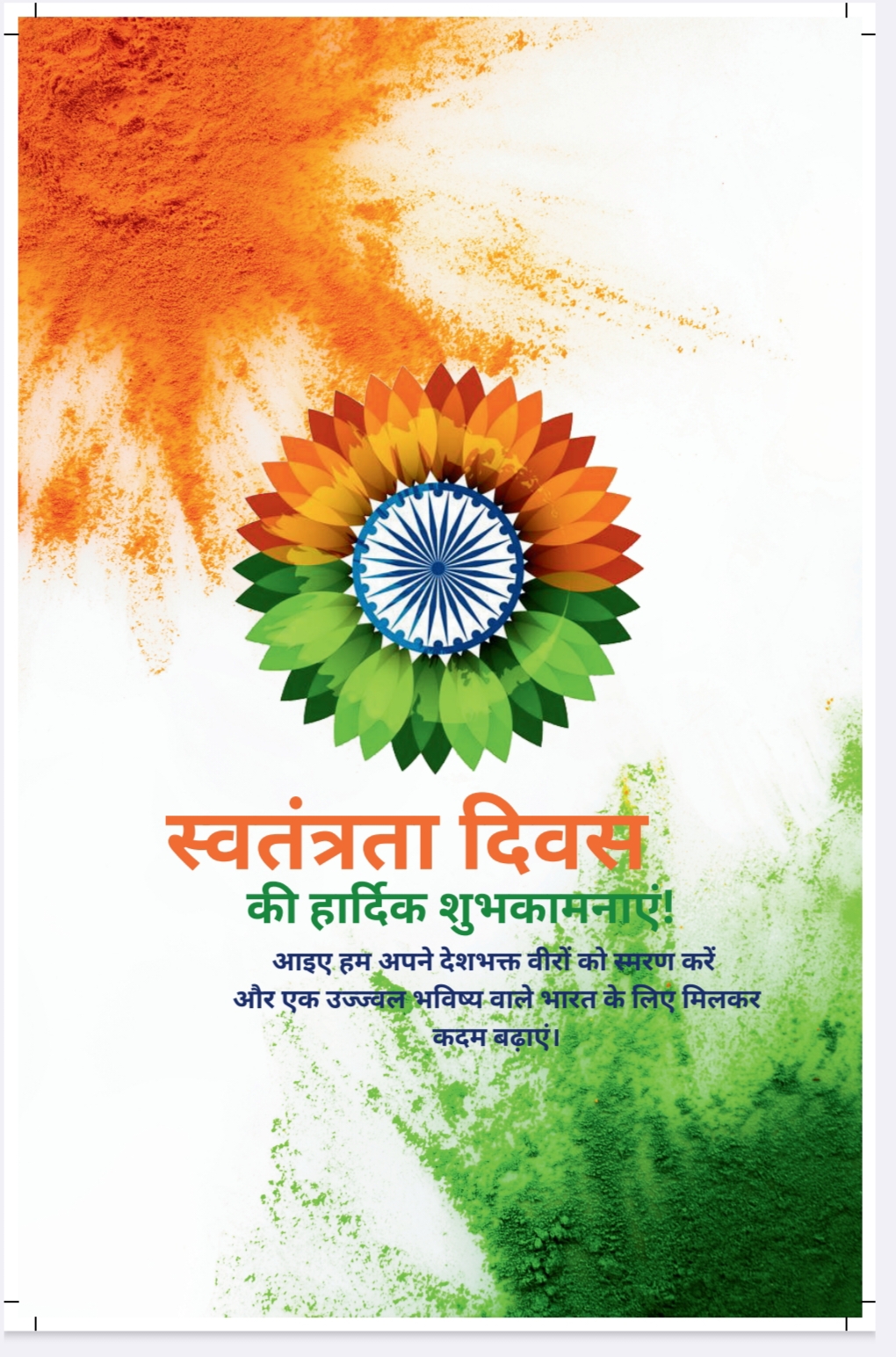4 days 4 hours ago
The Gem & Jewellery Export Promotion Council (GJEPC) will soon meet silver jewellery exporters and retailers to take stock of silver scarcity before raising the issue with the government, as the shortage could impact India's silver jewellery exports.Silver prices surged ₹6,000 to hit a lifetime high of ₹1,85,000 per kg (inclusive of taxes) Tuesday, in the run-up to the festive and wedding season.Silver prices have soared by ₹95,300 or 106.24% in the current calendar year."There is a tremendous shortage of supply, which will impact our exports of silver jewellery. We are speaking to stakeholders and will shortly call a meeting of silver jewellery exporters and retailers," said GJEPC chairman Kirit Bhansali.India's provisional export of silver jewellery was up 17.43% on-year at $596.41 million in the first six months of the current fiscal year.Silver's industrial use is in high-end tech, electronics, solar panels and batteries. In September, the US added silver to its list of essential minerals, leading to large shipments being diverted there, a move that further tightened global supplies."There is no supply at present. It is affecting our silver jewellery exports. Unnecessarily high premium is being charged on the metal," said an exporter.Due to a surge in silver imports from certain Asean countries, especially Thailand, the government last month restricted imports of silver and unstudded jewellery till March 31, 2026, which were free earlier.These restricted products include articles of jewellery and parts of precious metal of silver and unstudded and other jewellery.
4 days 5 hours ago
4 days 6 hours ago
4 days 7 hours ago
4 days 7 hours ago
4 days 7 hours ago
4 days 7 hours ago
4 days 8 hours ago
4 days 8 hours ago
London: The UK government on Tuesday tabled tougher new English language test requirements on visa applicants, including from India, in Parliament as part of a wider crackdown on soaring levels of immigration into the country.The new "Secure English Language Test" will be conducted by a Home Office-approved provider, with the results to be verified as part of a subsequent visa application process for all skilled workers from January 8, 2026.An applicant's standard of speaking, listening, reading and writing English must be equivalent to A-Level or Class 12, referred to as level B2, which the Home Office believes will ensure applicants are "better able to integrate into life in the UK"."This country has always welcomed those who come to this country and contribute, but it is unacceptable for migrants to come here without learning our language, unable to contribute to our national life," said UK Home Secretary Shabana Mahmood."If you come to this country, you must learn our language and play your part," she said.Laid out as part of a written ministerial statement (WMS) in the House of Commons this week, the measures form part of the British government's 'Immigration White Paper' from May, designed to tighten the visa regime.Among the other changes in law, the time for international students to find a graduate-level job after completing their studies under the Graduate Route visa, popular among Indian students, will be cut to 18 months from the current two years from January 1, 2027. However, PhD-level graduates will continue to be eligible for three years of permission as part of an announcement made earlier this year. "This change is informed by data showing that too many graduates are not progressing into graduate-level employment, which the Graduate Route was created to facilitate access to. It is intended to ensure that those who remain in the UK transition into graduate-level jobs and properly contribute to the UK economy," reads the parliamentary statement from Home Office Minister Mike Tapp.Finance requirements for student visas will also be increased for the 2025-2026 academic year, meaning foreign students will have to demonstrate they have sufficient funds to support themselves. The current requirement of having maintenance funds of 1,483 pounds per month will be raised to 1,529 pounds for London and to 1,171 pounds per month (up from 1,136 pounds) for the rest of the UK.The Immigration Skills Charge (ISC), effectively a tax paid by UK employers sponsoring skilled foreign workers and intended to be reinvested in training the domestic workforce, will be raised by 32 per cent. It means small or charitable organisations must pay 480 pounds per person, per year (up from 364 pounds) and medium and large organisations forking out 1,320 pounds (up from 1,000 pounds). "The ISC increase is the first since 2017 and will be used to boost investment in British workers and reduce reliance on overseas recruitment. The parliamentary process to increase the charge will begin later this week," the Home Office said.Other Home Office changes tabled this week cover doubling the number of universities whose graduates can use the High Potential Individual (HPI) route and capping the number of places that are available under this high-skilled visa route at 8,000 per year. The number of people coming to the UK through the HPI route is expected to double from 2,000 to 4,000, giving graduates from the world's best universities the chance to base their careers in the UK, the Home Office said. It said the aim was to double the number of highly skilled people coming to the UK on high-skilled routes, including the top researchers, designers, and creatives working in film and TV, with further changes planned for the Global Talent route next year. "The world's most talented entrepreneurs studying in the UK will also be able to seamlessly establish innovative business ventures in the UK after concluding their studies, while transitioning from a student visa to the Innovator Founder route," the Home Office said.Additionally, it was announced that all nationals of Botswana will now be required to obtain a visa before travelling to the UK, including for short visits. The move is in response to a high number of nationals from the southern African country arriving since 2022 as visitors and subsequently claiming asylum in a "misuse of the UK's immigration system".
4 days 9 hours ago
4 days 10 hours ago
4 days 10 hours ago
4 days 11 hours ago
4 days 11 hours ago
4 days 12 hours ago
Four emerging technologies -- AI, robotics, advanced energy systems and sensor networks -- are poised to reshape global labour markets with the greatest impact expected in seven core sectors employing 80 per cent of workers worldwide, a study said on Tuesday. These technologies will create new opportunities to boost productivity and transform jobs in agriculture, manufacturing, construction, wholesale and retail trade, transport and logistics, business and management, and healthcare sectors, the World Economic Forum said in its 'Jobs of Tomorrow: Technology and the Future of the World's Largest Workforces' report. Unlocking this productivity potential and managing risks will require concerted actions such as mobilising investment capital, accelerating global technology diffusion and ensuring inclusive access, the WEF said. "The path of technology development will be determined by decisions made now and in the coming years," said Till Leopold, Head of Work, Wages, and Job Creation, WEF. "Understanding which technologies will be most transformative and how they will transform seven job families that make up almost 80 per cent of the world's workers is crucial to anticipating their impact and driving towards positive outcomes," Leopold said. While the global debate has focused on desk-based office jobs, the report highlighted how emerging technologies are also driving real-world change beyond such occupations. Drone technology is already enabling efficient urban deliveries in the United Arab Emirates and for transporting critical supplies - such as medical equipment - to rural Ghana. Rooftop renewable energy systems in several African countries are stabilising frontline workers' hours, preventing them from being sent home during power cuts, while creating demand for energy system professionals. Energy generation and storage technologies are also transforming the wholesale and retail trade workforce. In South Africa, Nigeria and India, wholesalers are implementing rooftop solar panels and batteries to avoid outages and reduce diesel use, the WEF noted. This enables jobs to shift towards energy system monitoring, refrigeration management and predictive maintenance, and stabilises hours for frontline staff who used to be sent home during power cuts, it added. In wholesale and retail trade, the report said AI integration into click-and-collect processes is changing the workforce in Africa, India and Latin America, the WEF said. The report also showcased how semi-automated construction equipment is reducing physical strain on workers and improving safety. Additionally, robotics combined with AI data processing could redesign the patient journey and the workforce in the healthcare sector, it said. The study called for tailored collaborative action from employers, governments and technology developers to maximise the benefits of the transformations ahead.
4 days 12 hours ago
4 days 12 hours ago
4 days 12 hours ago
4 days 12 hours ago
4 days 12 hours ago
Checked
1 hour 44 minutes ago

The Economic Times: Breaking news, views, reviews, cricket from across India
Subscribe to ET NEWS feed












Recent comments